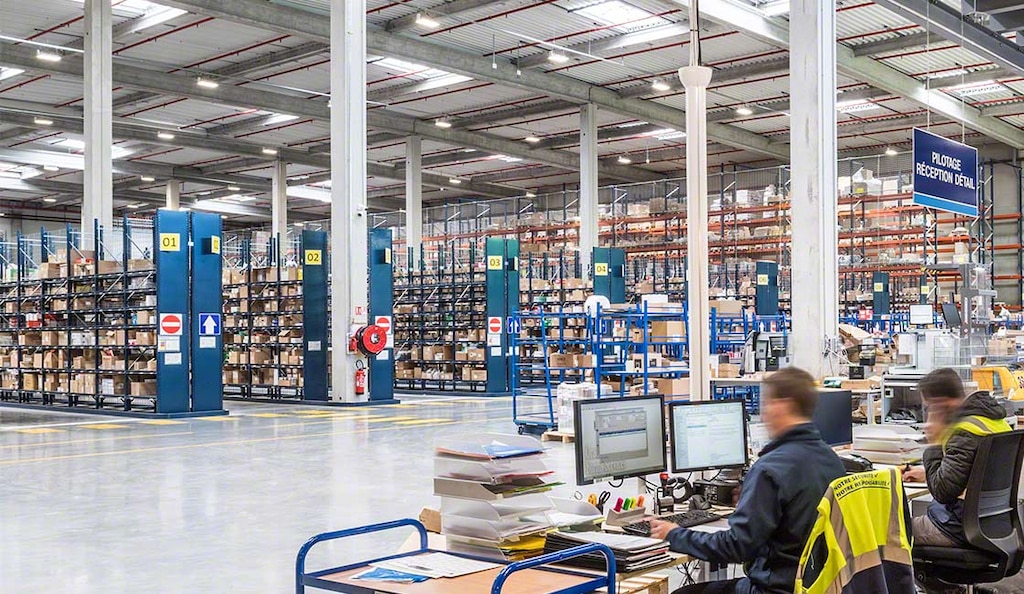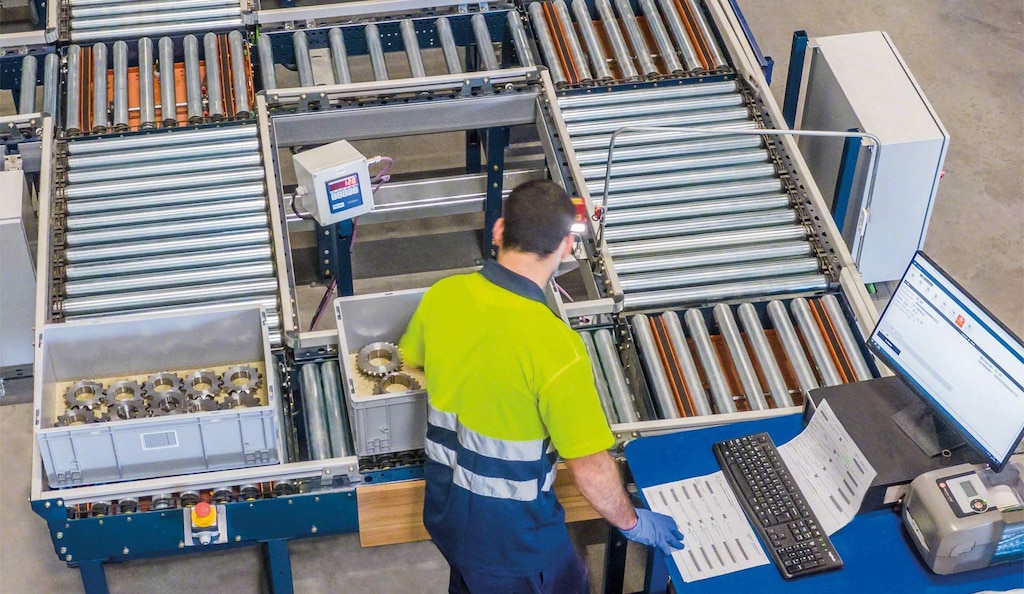
Demand forecasting in the supply chain
Employing planning techniques such as demand forecasting is an effective way to anticipate market needs. Being capable of fulfilling consumers’ orders for products or services can make or break a business. Therefore, it’s critical to know what factors influence demand forecasting and how to calculate it.
Demand forecasting meaning
Demand forecasting is the predictive analytics process that companies use to estimate how many products their current and potential customers will order to efficiently meet demand. These forecasts employ historical data and other inputs to predict consumers’ behaviour and future purchasing decisions.
Before tackling this essential analysis, there are several aspects to take into account. These include historical sales trends, the time of year, the market, industry regulations and the local and global economic landscape. Calculating expected sales volumes for a particular period optimises the production and supply processes.
Demand forecasting advantages
Demand forecasting helps business leaders and decision-makers improve their strategies by planning manufacturing and distribution. Among other benefits, you can:
- Negotiate better contracts with suppliers.
- Reduce unnecessary stock by maintaining optimal quantities, avoiding product expiration and deterioration.
- Identify and better manage constraints and bottlenecks.
- Make informed financial decisions about personnel and investments.
- Develop more accurate and targeted marketing strategies.
- Anticipate changes in consumer preferences.
- Streamline the operation of multiple departments, e.g., sales, customer service and human resources.
What factors impact demand forecasting?
Certain factors can affect demand forecasting. Generally, they’re divided into external and internal:
- External. These entail market conditions, consumer income, employment rates, laws and regulations and social aspects such as culture, fashion and trends.
- Internal. Decisions made within a business can also influence demand. Some clear examples are the availability of products and services, their price and quality, customer service and promotions offered.
Why is demand forecasting important in the supply chain?
One of the best ways to ensure a healthy supply chain is to implement demand forecasting. This analysis helps you manage inventory effectively, plan your necessary storage capacity and assign resources to each task.
Accurate forecasts make it easier to use the appropriate SKUs and develop a better slotting strategy for products (from raw materials to finished goods). They also increase stock availability and help establish prices customers are willing to pay. A practical example could be a company that generates reports with the demand forecast for each of its stores to stock them accordingly.

What are the different methods of demand forecasting?
You can use several techniques to forecast demand. They can be categorised into three main groups:
- Qualitative and quantitative forecasts.
- Time series analysis.
- Causal models.
Qualitative forecasting
This is based on subjective factors such as trends and customer opinions. It’s less rigorous than quantitative forecasting, but it can be used when there’s no prior information available. Hence, it’s valuable for new products.
- Delphi method. This technique gathers expert estimates for forecasting. It produces more accurate results than individual predictions and aims to avoid biases.
- Market research. This can include customer experience reports, case studies and focus groups.
- Panel consensus. Data and opinions are gathered from a group of experts. They then vote on the subject matter and make a decision or recommendation.
- Visionary forecasting. A group of specialists share their views on the future in a report, which is subsequently used to make decisions.
- Historical analogy. Past events are examined to identify what might happen in the future.
Quantitative forecasting
This employs statistics and objective metrics. It’s a practical method for optimising the supply chain, planning inventory and predicting short- and long-term sales.
- Naive forecasting. This technique uses past data to predict future demand. However, it doesn’t consider new trends or events.
- Seasonal forecasting. This employs historical seasonal data. Nevertheless, factors such as economic downturns and product availability can affect these data.
- Historical growth rate. Although past performance doesn’t always guarantee future results, this method typically analyses business growth over the last five years, providing potentially valuable information
- Linear regression. This technique looks at a set of data points to identify cause-and-effect relationships. It does so by comparing how a variable affects an outcome. An example would be to check how many calls have been converted into sales.
Another form of quantitative forecasting is the simple average. It involves calculating safety stock, i.e., the minimum inventory required to fill orders. This is its formula:
| Safety stock = (maximum lead time - average lead time) * average demand |
The maximum lead time considers possible delays, while the average demand is obtained by dividing the number of units sold by the number of days.

Time series analysis
This method predicts demand based on several years’ worth of data. The data should be high-quality and follow clear, consistent patterns.
- Moving average. This involves taking a series of data and charting its average on a graph. The direction of the average reveals the trend.
- Exponential smoothing. Similar to the moving average, this technique assigns exponentially decreasing weights to data as they become outdated. Thus, greater value is given to the most recent information.
- Trend forecasting. This method identifies trends and future events by extrapolating past data.
Causal model
These are the most sophisticated forecasting tools and are suitable for the long term.
- Regression analysis. This statistical technique quantifies relationships between variables through a line that represents their connection or association.
- Econometric model. Based on hypotheses, these economic models are calculated using historical data.
- Purchase intent surveys. These serve to make executive and marketing decisions and identify possible areas for opportunity within an organisation.
- Input–output model. One of the most widely used techniques, this analyses the interdependence of industries in an economy.
- Life cycle analysis. This assesses all phases of the product life cycle, from the raw materials needed to the waste generated.
How to improve demand forecasting accuracy
Getting demand forecasting right is not always easy. Luckily, there are tools that simplify this process. Digitalising inventory management — i.e., collecting information on the movements goods make in your facility — provides you with data on product turnover. A warehouse management system (WMS) will tell you how much stock you have, where it came from, where it’s located presently and where it’s headed, all in real time.
If you’re seeking stricter control over your logistics processes, consider optimising them. This will enable you to make more accurate demand forecasts. Feel free to get in touch with Mecalux for more information. We’ll advise you on how to coordinate and monitor your warehouse operations so you can enhance your market competitiveness.
